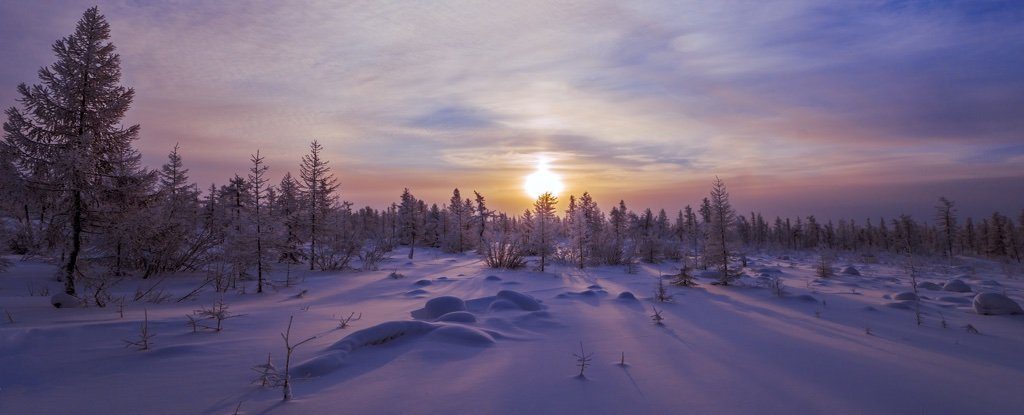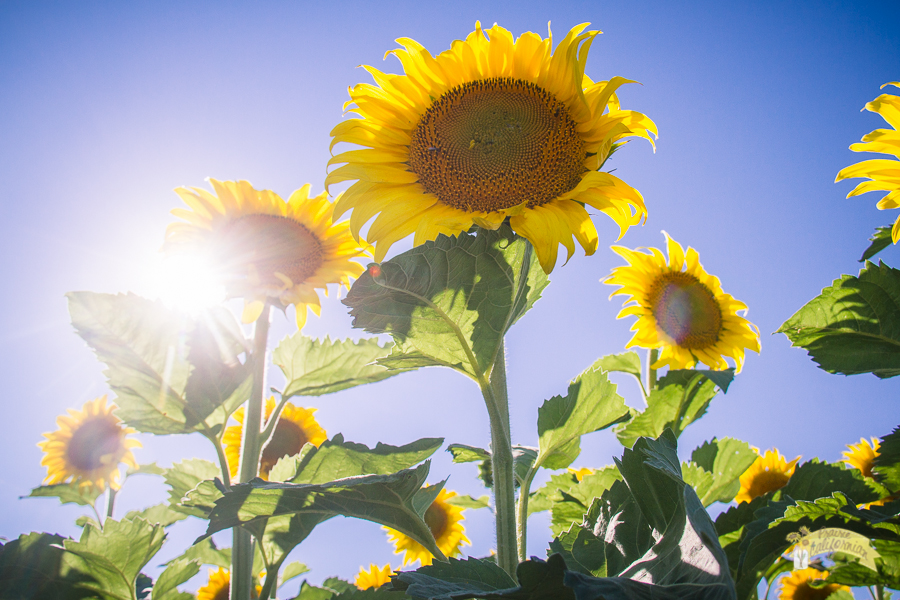
My raincoat is wearing out. I have blisters on my fingers from holding my umbrella. Even my elbows are getting moldy. It has rained. And rained. And rained. It’s easy to see why the ancient people worshipped the sun. On those few occasions during the last several months, when the skies above Atlanta have been blue and free of clouds I have been outside, face tilted toward the sun in worship.
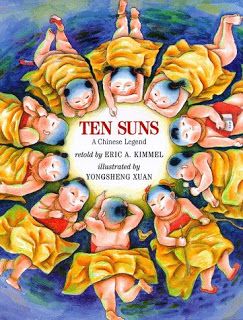
Let me hasten to add that I am not complaining. Really. I too well remember all those months of drought when I would have given anything for a good down pour. All I’m asking is for a little balance. Which is why the ancients had both sun gods and rain gods.
My favorite solar myth comes from China where, according to the story, there were originally 10 suns who would take turns coming out in the sky. But, these young boy suns loved to play with one another and one day they decided to all come out at once. Immediately things on earth began to burn up until the hero, Hou Yi shot down 9 of the suns with his bow and arrow, leaving only the one sun left. I sometimes wonder if this last sun might be so lonely he forgets to come out to play.
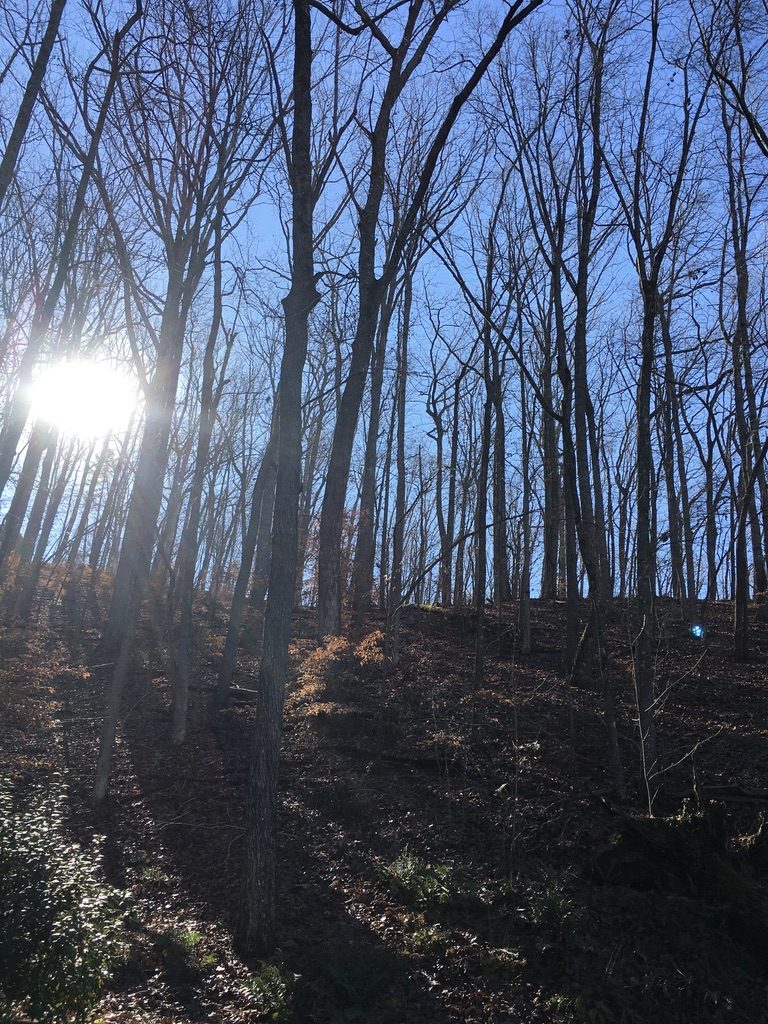
Plants (and people) need the sun. One of the first questions gardeners ask about putting in a new plant is, “how much sunlight does it need?” There are plants suited to every condition on earth and matching the right plant to the right spot is one of the golden rules of gardening. Generally plant labels provide information about the amount of sunlight needed: full sun (6 or more hours / day) part sun / shade (at least 3 – 6 hours of sunlight) or full shade (3 or fewer hours of sunlight ). Providing the right amount of sunlight is critical – too much sun and a plant may stress and burn, too little and the plant will become leggy and weak and refuse to bloom.
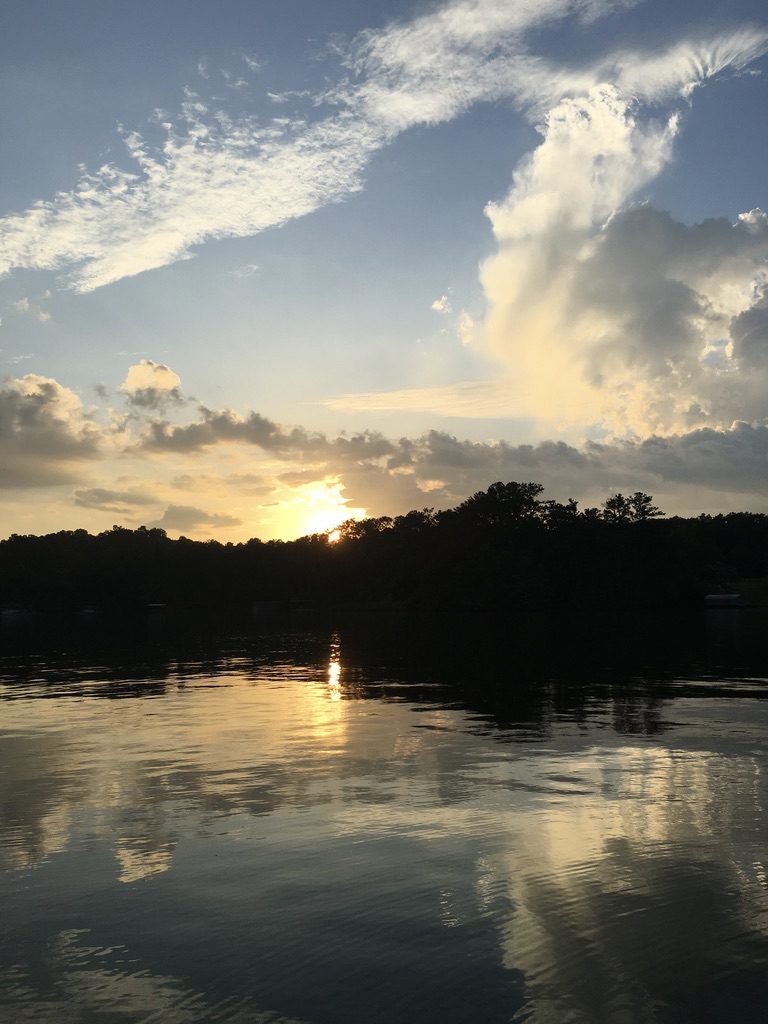
Though I may change my mind in the heat of mid-summer, right now I’d put myself in the “needs full sun” category. The last place on earth I would want to live is Utqiagvik, Alaska, the most northern town in the United States. Above the Arctic Circle, the sun sets on November 19th and remains below the horizon for 66 days. The average temperature in January is -14.2 degrees F. AND, it’s one of the cloudiest places on earth. Nope, even with the rain, give me Atlanta GA !
